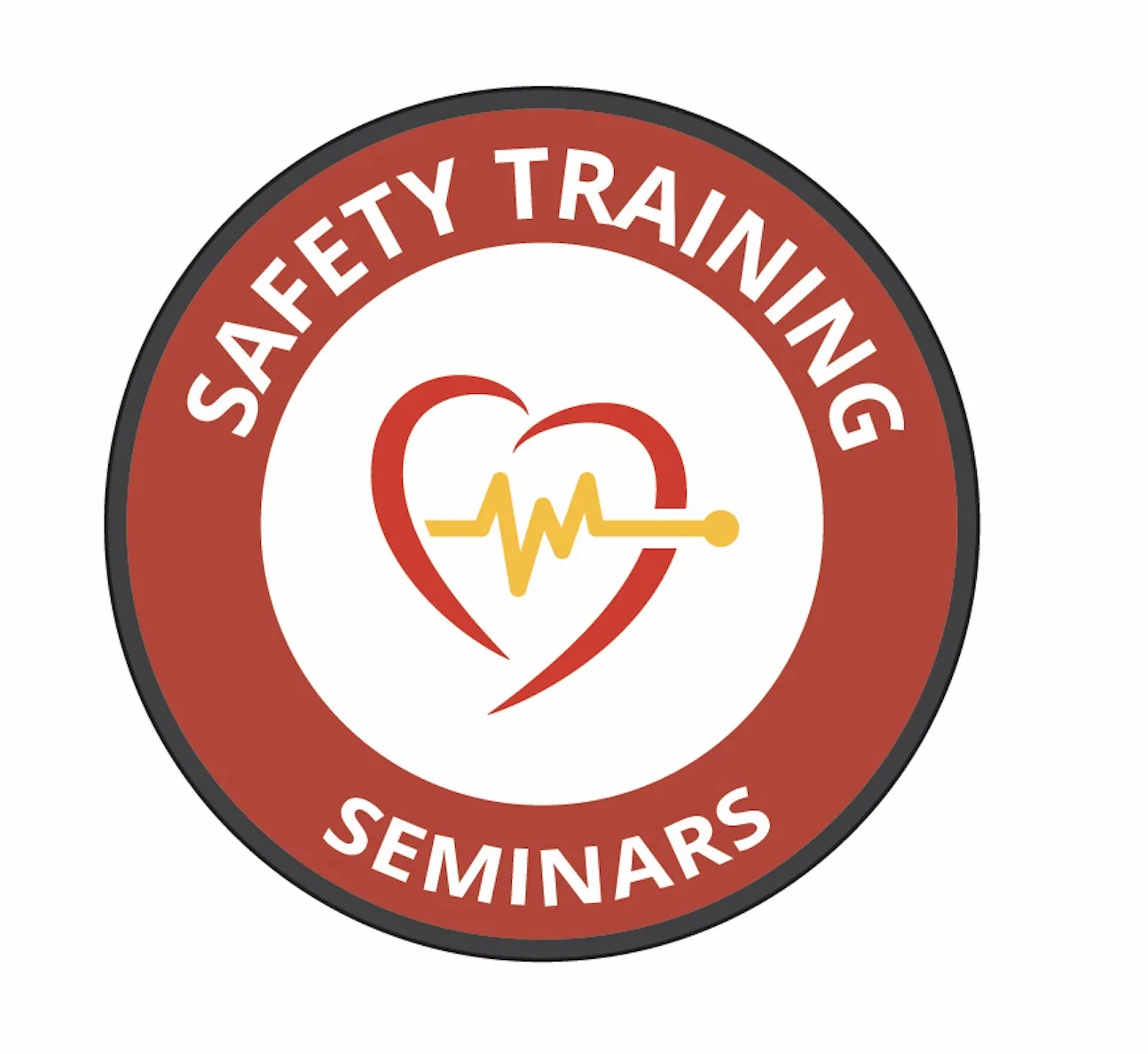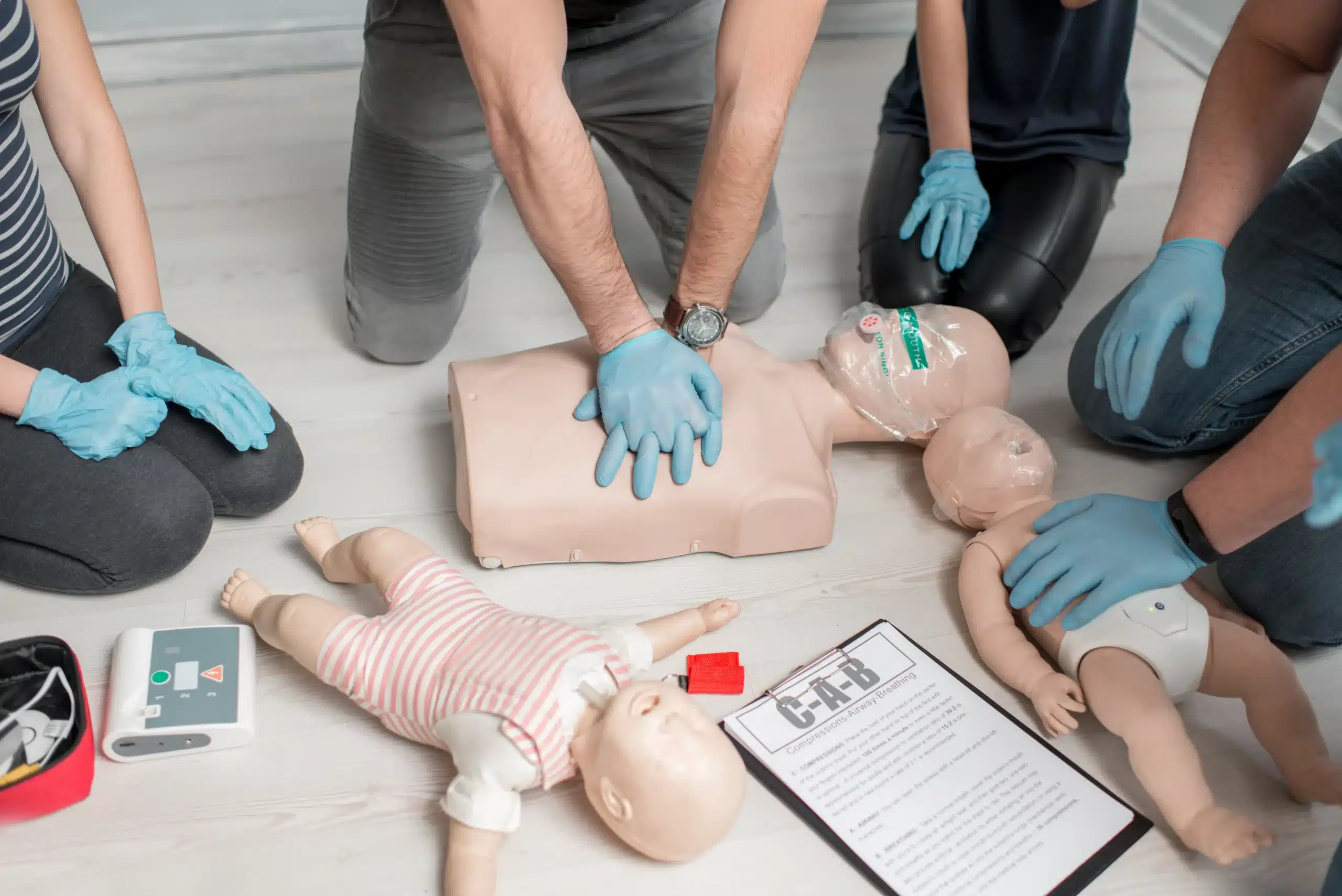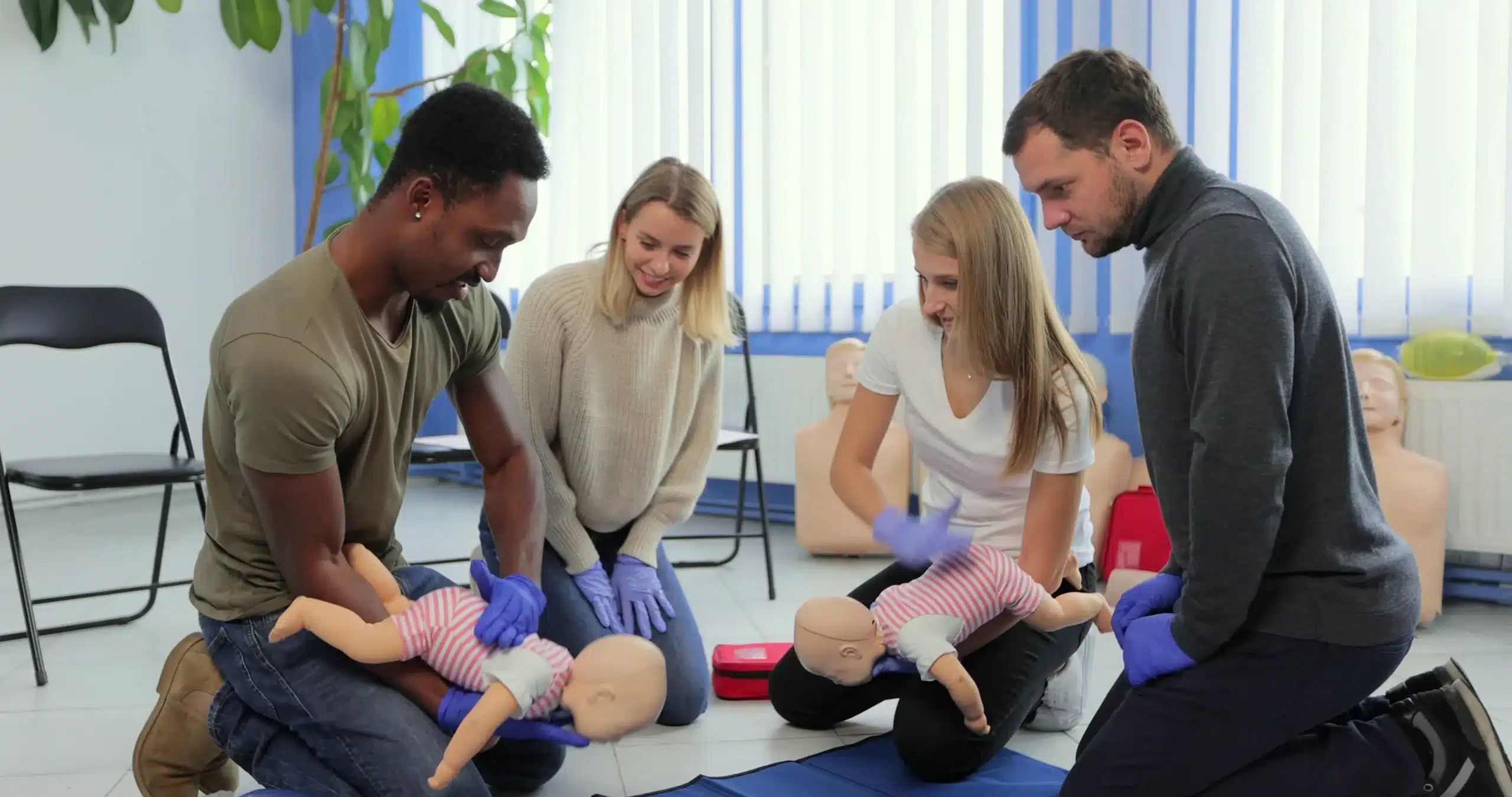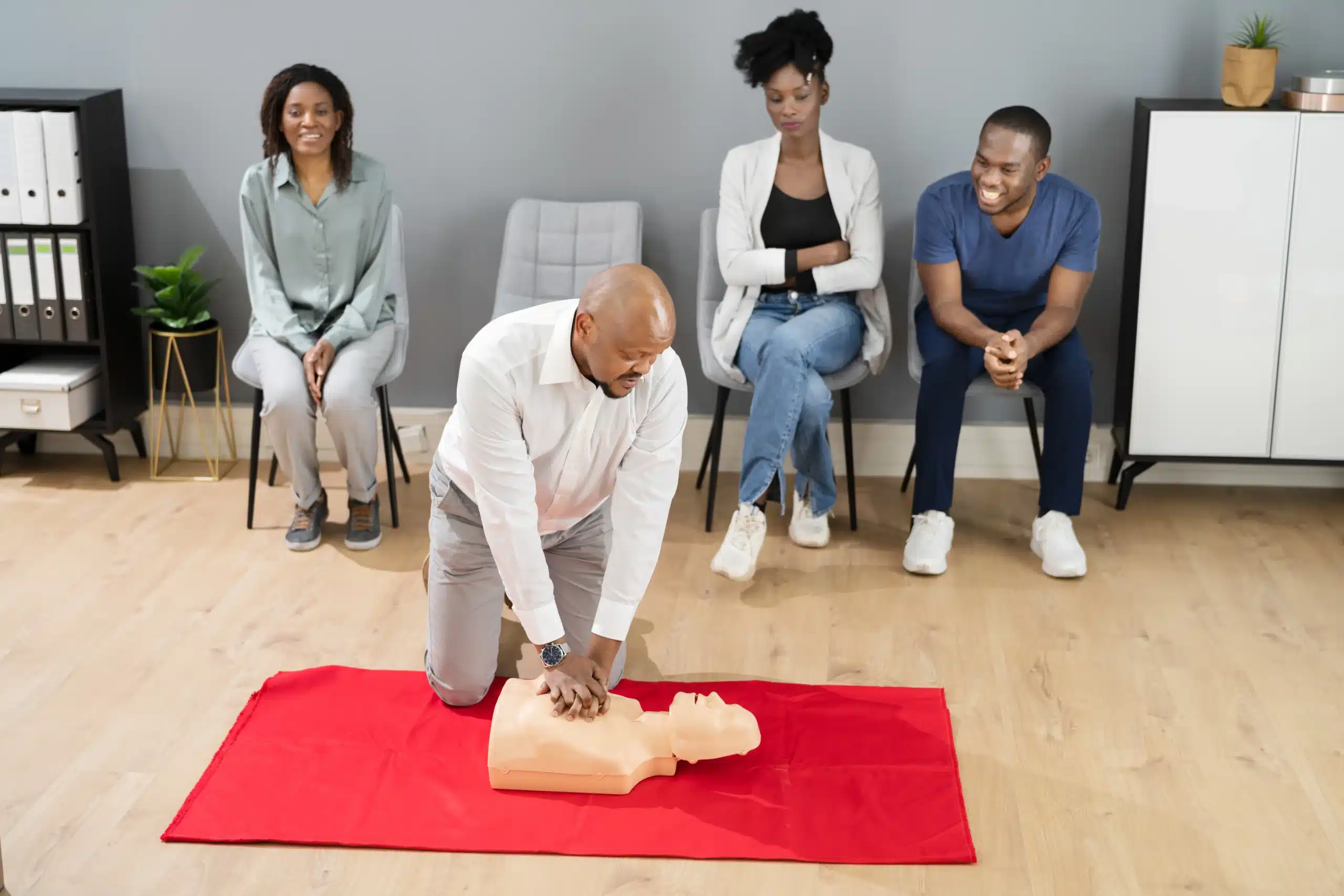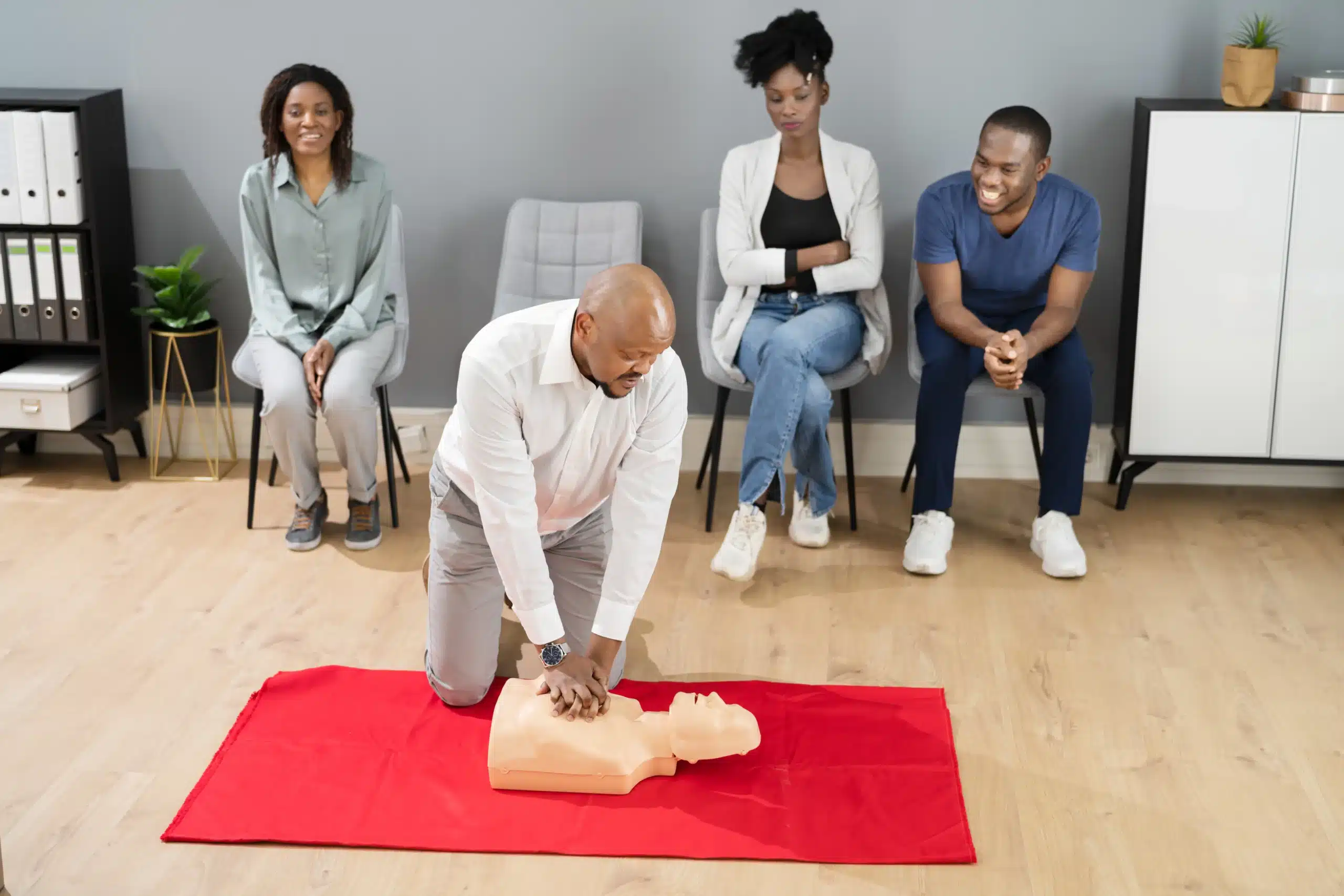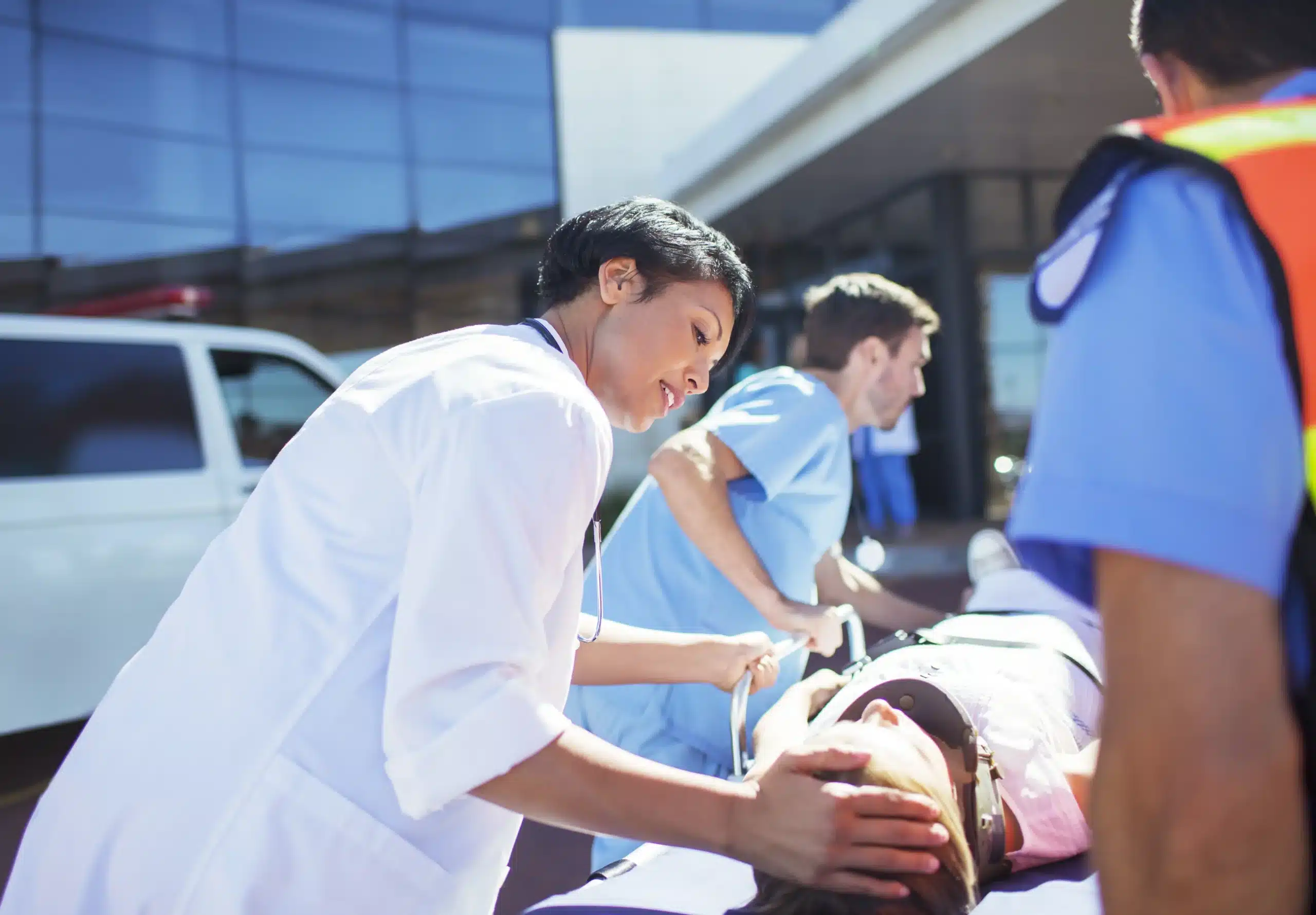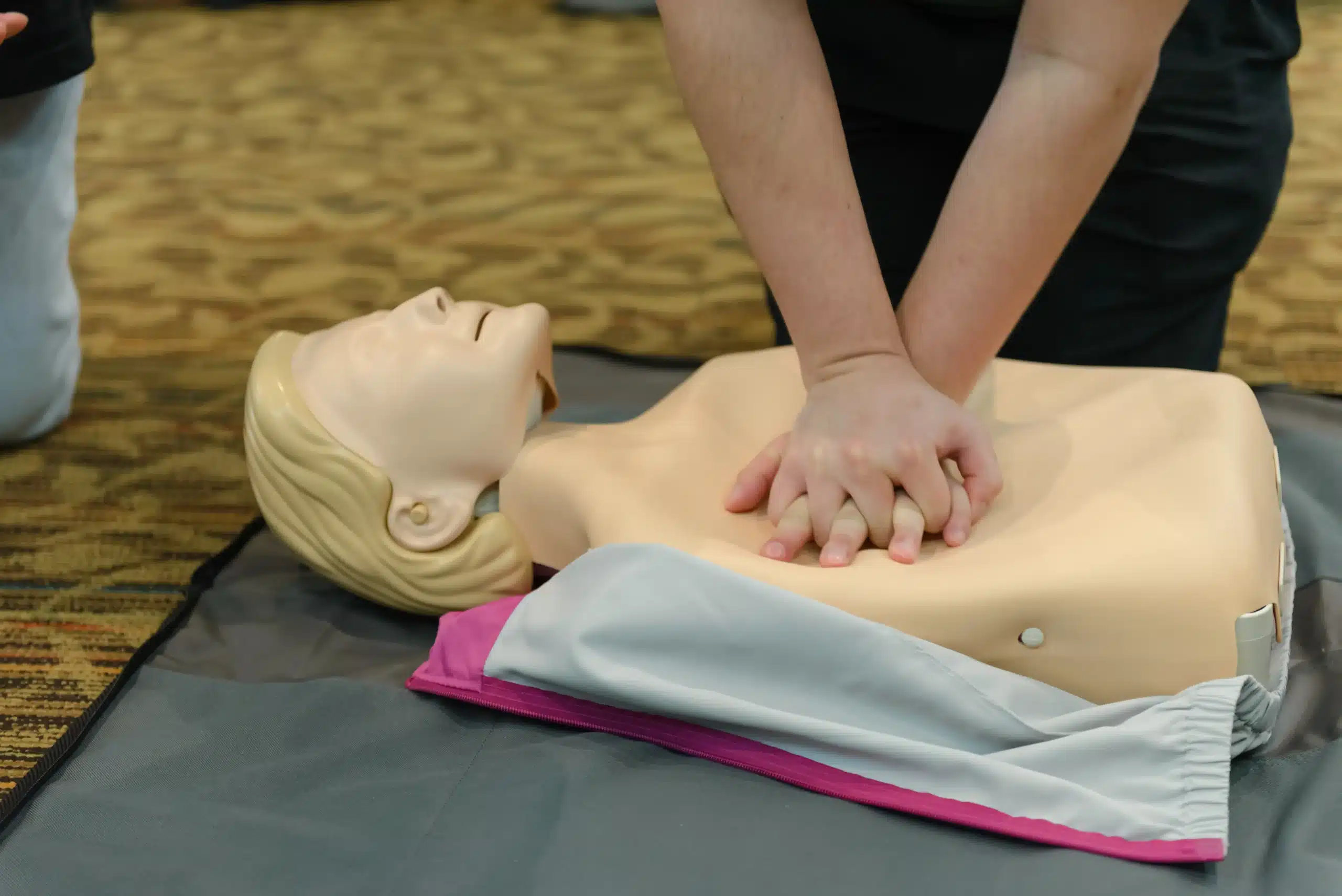Life can throw curveballs, and knowing how to handle a medical emergency is a powerful skill to have. If you’re in San Francisco and looking for a convenient way to learn CPR, online CPR classes might be just what you need. This guide covers everything from the benefits and drawbacks of online CPR training to finding reputable providers in the San Francisco area. We’ll also delve into pricing, scheduling, and what to expect during the certification process. Whether you’re a busy professional, a concerned parent, or simply someone wanting to make a difference, this guide will help you find the perfect online CPR class in San Francisco to fit your lifestyle.
Key Takeaways
- Blended learning offers the best of both worlds: Combine the flexibility of online learning with the essential hands-on practice of in-person skills sessions for the most effective CPR training.
- AHA certification ensures credibility: Look for American Heart Association-certified courses to guarantee your training meets widely accepted standards and employer requirements.
- Choose a course that fits your lifestyle: Consider factors like course content, provider reputation, scheduling options, and pricing to find the perfect CPR training that works for you.
What are Online CPR Classes?
Online CPR classes offer a flexible way to learn the lifesaving skills of cardiopulmonary resuscitation. These courses typically involve online instruction combined with in-person skills practice and testing. You’ll study the same curriculum as traditional in-person classes, covering topics like adult, child, and infant CPR, AED use, and choking relief. The key difference? The knowledge portion is delivered digitally, often through videos, interactive exercises, and downloadable resources. This blended learning approach lets you move through the material at your own speed, pausing, rewinding, and reviewing as needed.
Benefits of Online CPR Training
The blended learning format of online CPR training offers several advantages. It combines online coursework with in-person skills sessions, allowing you to learn at your own pace and schedule the hands-on portion when it’s convenient. This flexibility is especially helpful for busy professionals, parents, and students. Bay Area CPR offers a variety of scheduling options and locations throughout the Bay Area, making it easier to find a class that fits your lifestyle. Plus, online learning can be more affordable than traditional classroom-based courses.
Limitations of Online-Only CPR Courses
While fully online CPR courses may seem appealing, they have limitations. One key drawback is the lack of face-to-face interaction with an instructor. This can make it harder to ask questions, get immediate feedback, and fully grasp the nuances of CPR techniques. Fully online courses also fall short in preparing students for the emotional realities of performing CPR in a real-life emergency. The hands-on practice and simulated scenarios of in-person training are crucial for developing muscle memory, confidence, and the ability to react effectively under pressure. For these reasons, blended learning courses that combine online learning with in-person skills sessions are generally recommended over entirely online options.
Top Online CPR Class Providers in San Francisco
Finding the right CPR certification course can feel overwhelming with so many options. To simplify your search, I’ve compiled a list of reputable CPR class providers in San Francisco, highlighting key details about each.
Bay Area CPR
Bay Area CPR offers a variety of American Heart Association-certified courses, including BLS, ACLS, PALS, and Wilderness First Aid. With flexible scheduling and locations across the Bay Area—San Francisco, Daly City, San Mateo, and Oakland—finding a convenient class is easy. Learn more about their CPR classes.
American Red Cross
The American Red Cross is a trusted provider of CPR and first aid training. Their San Francisco location offers a range of certification courses, equipping you with the skills to handle emergencies. Explore their CPR class options and register directly on their site.
Revive CPR
Revive CPR provides American Heart Association (AHA) certified CPR, BLS, and First Aid classes in San Francisco. Their blended learning model combines online coursework with shorter, in-person skills sessions for a flexible yet hands-on learning experience. Check out their blended learning CPR classes.
CPR Education
CPR Education offers CPR and first aid certification courses throughout the San Francisco Bay Area. With both in-person and online options available, they cater to individuals, groups, and businesses. Visit their website for details on CPR certification.
Safety Training Seminars
Safety Training Seminars, a woman-owned AHA Training Center, offers American Heart Association (AHA) courses, including BLS, ACLS, PALS, CPR, and First Aid. Known for competitive pricing, they make high-quality training accessible. Explore their courses.
San Francisco CPR Classes
San Francisco CPR Classes offers online CPR courses that blend online learning with in-person skills practice and testing. This approach lets students learn at their own pace online before demonstrating their skills in person. Find more information on their online CPR classes.
Key Features of Online CPR Courses
Deciding to take an online CPR course is a great first step. But how do you choose the right course? Here’s what to look for:
AHA Certification
A key feature of a quality online CPR class is certification from the American Heart Association (AHA). The AHA sets the standards for CPR and other lifesaving techniques. Bay Area CPR offers a comprehensive selection of AHA-certified courses, including BLS, ACLS, PALS, and Wilderness First Aid. Make sure any online CPR training you choose aligns with these widely recognized standards. This ensures your certification will be accepted by employers and other organizations.
Blended Learning Options
Many online CPR courses use a blended learning model. This combines online learning with hands-on practice. You’ll typically complete the cognitive portion of the course online, at your own pace. Then, you’ll attend an in-person skills session to demonstrate your techniques and receive your certification. Bay Area CPR offers this blended learning approach, including their HeartCode BLS program. This format gives you flexibility while ensuring you gain practical skills.
Hands-On Skills Assessment
Online CPR training offers a flexible path to lifesaving skills. The blended learning format combines online coursework with in-person skills sessions. This allows you to learn at your own pace and schedule the hands-on portion when it’s convenient. This in-person component is crucial for instructors to assess your skills, provide feedback, and confirm you can perform CPR effectively.
Instructor Qualifications
When choosing an online CPR course, consider the instructors’ qualifications. Experienced, certified instructors bring valuable expertise. They can answer your questions, provide personalized feedback, and ensure you’re fully prepared to respond to emergencies. Safety Training Seminars, a woman-owned AHA Training Center, offers high-quality AHA courses taught by qualified professionals.
Post-Course Support and Resources
Quality online CPR training programs often provide post-course support. This might include access to refresher materials, online resources, or ongoing support from instructors. This continued access to information can help you maintain your skills and confidence. So, when comparing courses, check if they offer resources and support beyond the initial certification.
Pricing and Scheduling
CPR certification is a valuable investment, so understanding pricing and scheduling options is essential. Let’s break down what you can expect when signing up for a course in San Francisco.
Individual vs. Group Rates
Individual rates for basic CPR classes typically range from $60 to $90. However, prices can shift based on the specific course. More comprehensive courses, such as those combining CPR with First Aid or AED training, might have a different pricing structure. For group rates, contact providers like Bay Area CPR directly. They can often offer discounted rates for groups, making it a cost-effective solution for workplaces, community organizations, or families learning together.
Flexible Learning Schedules
One of the biggest advantages of CPR certification courses in the Bay Area is the flexible scheduling. Providers like Bay Area CPR offer various class times and dates at their locations across San Francisco, Daly City, San Mateo, and Oakland. This makes it easier to fit the training into your busy schedule, whether you’re a working professional, student, or parent. Many providers also offer weekend and evening classes.
Current Promotions and Discounts
Looking for the best value? Check for current promotions and discounts. Some providers, like Safety Training Seminars, offer competitive pricing and occasional discounts on CPR, BLS, ACLS, and other courses. Keep an eye out for special offers, especially for group bookings. This can help you save money while still receiving high-quality, certified training.
Certification Process
This section covers everything you need to know about getting certified and maintaining your CPR certification. We’ll walk you through the process, renewal requirements, and the timeframe.
Steps to Get Certified
Getting your CPR certification is straightforward. Most online CPR classes use a blended learning approach. You’ll start with online modules, working through the curriculum at your own pace. This covers essential concepts and procedures. After completing the online portion, you’ll schedule an in-person skills session. This hands-on component allows you to practice techniques on manikins and receive feedback from a certified instructor. Bay Area CPR offers a variety of courses using this blended learning model, including BLS, ACLS, PALS, and Wilderness First Aid. They have multiple locations throughout the Bay Area, making it easy to find a convenient skills session.
Certification Renewal Requirements
CPR certifications from the American Heart Association are valid for two years. To maintain your credentials, you’ll need to complete a renewal course before your current certification expires. Mark your calendar and start looking into renewal options about a month before your expiration date. Some providers, like the Red Cross, offer specific renewal courses for those within 30 days of their expiration date.
How Long Certification Takes
The online portion of a CPR course is self-paced, so you can complete it at your own speed. The in-person skills session typically takes a few hours. Many providers, including Revive CPR, offer classes on weekdays and weekends. Some even travel to your location for group sessions. You’ll receive your certification card the same day you complete the skills check. The entire process, from starting the online modules to being certified, can often be completed within a week.
Addressing Common Concerns about Online CPR Classes
It’s smart to have questions about online CPR training. Let’s address some common concerns head-on.
Is Online Training Effective?
Online CPR training is undeniably convenient, offering flexibility for busy schedules. But how does it stack up against traditional in-person classes? Blended learning, which combines online coursework with in-person skills sessions, is a popular and effective approach. You can learn the theory and concepts online at your own pace, then demonstrate your skills in a practical setting. This approach ensures you get the best of both worlds. Kiss of Life Atlanta discusses the effectiveness of this blended learning model.
Hands-On Skills Practice
One valid concern about online-only CPR training is the lack of hands-on practice. Performing CPR effectively requires physical skills and muscle memory. While online courses can teach you the steps, they can’t fully replicate the experience of working with a manikin and receiving real-time feedback from an instructor. As CPR Certification Now points out, the interactive environment of in-person training is crucial for developing these essential skills. That’s why we emphasize the importance of hands-on training components in our blended learning CPR courses.
Employer Acceptance of Certification
Before enrolling in any online CPR class, it’s essential to consider whether your employer will accept the certification. Many employers, especially in healthcare settings, require certification from nationally recognized organizations like the American Heart Association (AHA). They also often prefer certifications that include a demonstrated skills assessment component. Adams Safety explains why online-only certifications, without a hands-on evaluation, may not be sufficient for some employers. Our courses offer AHA-certified training with in-person skills checks, ensuring your certification meets workplace requirements. We offer a range of courses, including BLS, ACLS, and PALS, all meeting AHA standards. You can find more information on our website about our BLS, ACLS, and PALS courses.
Choosing the Right Online CPR Class in San Francisco
So, you’ve decided to get your CPR certification—fantastic! Now, how do you choose the right online CPR class in San Francisco? With so many options, it can feel a little overwhelming. Don’t worry, we’ll break it down to make the process easier.
Assess Your Needs
First, think about why you need CPR training. Are you a healthcare professional needing American Heart Association (AHA) BLS certification? Or are you a parent or caregiver looking for a basic life support class? Perhaps you need wilderness first aid certification for an upcoming backpacking trip. Clearly defining your needs will help you narrow your search. Online CPR classes offer a flexible way to start, often combining online instruction with in-person skills practice and testing. Knowing what you need upfront helps you find the right blend of online and in-person components.
Compare Course Content and Delivery
Once you know what type of certification you need, compare what different courses offer. Look at the course content, how it’s delivered (video, text, interactive exercises), and if it includes the required in-person skills check. Bay Area CPR offers a comprehensive selection of AHA-certified courses, including BLS, ACLS, PALS, and Wilderness First Aid. Their flexible scheduling and various locations across the Bay Area—including San Francisco, Daly City, San Mateo, and Oakland—make finding a class that fits your schedule easier. Reading reviews from past students can also give you a sense of the course quality and instructor effectiveness.
Evaluate Provider Reputation and Reviews
Finally, do some research on the training providers themselves. Look for providers with a solid reputation and positive reviews. Are they certified by a reputable organization like the AHA? Do they have experienced, qualified instructors? For example, Safety Training Seminars is a well-regarded AHA Training Center offering various AHA-certified courses, including BLS, at competitive prices in the San Francisco Bay Area. A strong reputation and proven track record are essential when choosing a CPR training provider. Checking online reviews and testimonials can offer valuable insights from other students’ experiences.
Frequently Asked Questions
What’s the difference between online CPR classes and traditional in-person classes? Online CPR classes typically blend online learning with an in-person skills session. This means you study the course material online, at your own pace, then attend a shorter in-person session to practice your skills and get certified. Traditional classes cover the same material entirely in person.
Are online CPR certifications accepted by employers? Most employers accept certifications from reputable organizations like the American Heart Association (AHA) or the American Red Cross, regardless of whether the course included an online component. However, it’s crucial that the certification includes a hands-on skills assessment portion, as many employers require this. Always check with your employer to confirm their specific requirements.
How long does it take to get CPR certified online? The online portion is self-paced, so it depends on how quickly you move through the material. The in-person skills session usually takes a few hours. You can often complete the entire process, from starting the online modules to receiving your certification card, within a week.
How much do online CPR classes cost? Costs vary depending on the provider and the type of certification. Basic CPR classes typically range from $60 to $90. More advanced certifications, like BLS or ACLS, may cost more. Look for providers who offer group discounts or promotions.
How often do I need to renew my CPR certification? Most CPR certifications are valid for two years. You’ll need to take a renewal course before your current certification expires to maintain your credentials. Set a reminder and start looking into renewal options about a month before your expiration date.
